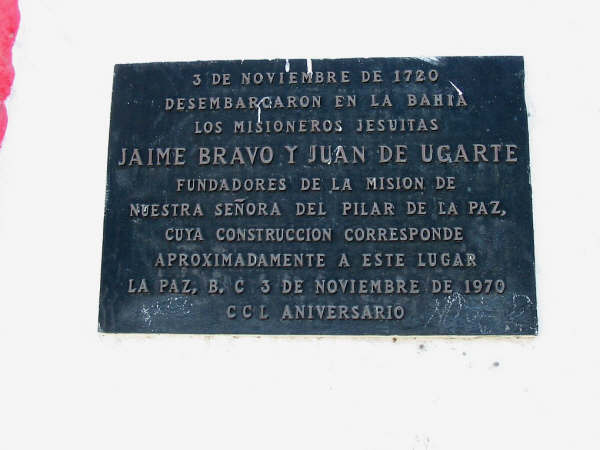Originally posted by Bajatripper
| Quote: | Originally posted by David K
"A disclaimer: my writings on this are based on quite a few books on the subject, each of which have variations in details, names, etc. of the same
events they supposedly recount. I go with what sounds most plausible, but keep the other stuff in mind always."
Sounds like the way I do my mission notes in presenting the history of them. Just when I think I understand the history of them, something different
will pop out and catch my eye! It makes a great hobby for me, the history of (Antigua) California! |
And it's always good to keep it in mind when discussing history with others, keeps one from being proven the fool too often. |















